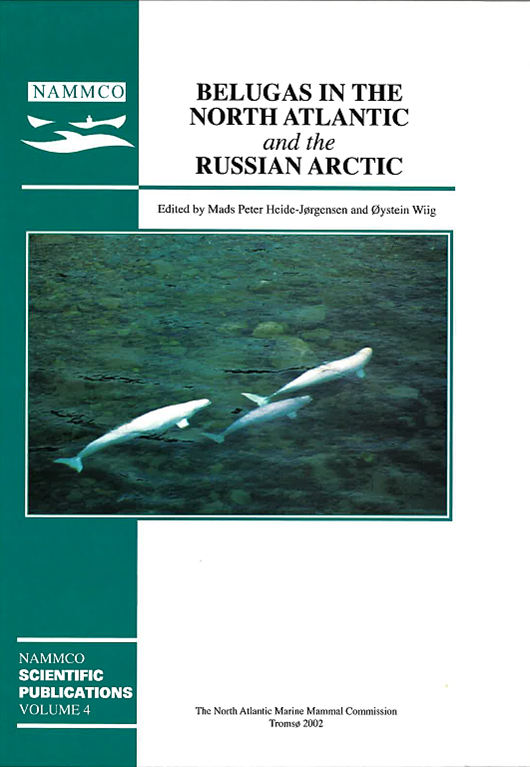Analysis of mitochondrial control region nucleotide sequences from Baffin Bay beluga, (Delphinapterus leucas): detecting pods or sub-populations?
DOI:
https://doi.org/10.7557/3.2836Keywords:
beluga, Delphinapterus leucas, Baffin Bay, genetics, population structureAbstract
We report the results of an analysis of the variation in the nucleotide sequence of the mitochondrial control region obtained in 218 samples collected from belugas, Delphinapterus leucas, around the Baffin Bay. We detected multiple instances of significant heterogeneity in the distribution of genetic variation among the analyzed mitochondrial control region sequences on a spatial as well as temporal scale indicating a high degree of maternal population structure. The detection of significant levels of heterogeneity between samples collected in different years but within the same area and season was unexpected. Re-examination of earlier results presented by Brown Gladden and coworkers also revealed temporal genetic heterogeneity within the one area where sufficient (n>15) samples were collected in multiple years. These findings suggest that non-random breeding and maternally directed site-fidelity are not the sole causes of genetic heterogeneity among belugas but that a matrilineal pod structure might cause significant levels of genetic heterogeneity as well, even within the same area. We propose that a maternal pod structure, which has been shown to be the cause of significant genetic heterogeneity in other odontocetes, may add to the overall level of heterogeneity in the maternally inherited DNA and hence that much of the spatial heterogeneity observed in this and previous studies might be attributed to pod rather than population structure. Our findings suggest that it is important to estimate the contribution of pod structure to overall heterogeneity before defining populations or management units in order to avoid interpreting heterogeneity due to sampling of different pods as different populations/management units.





